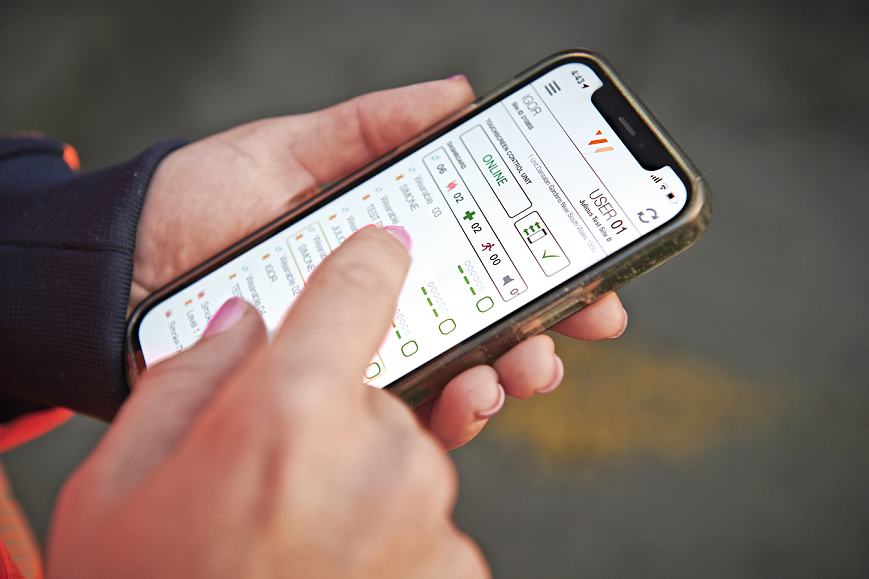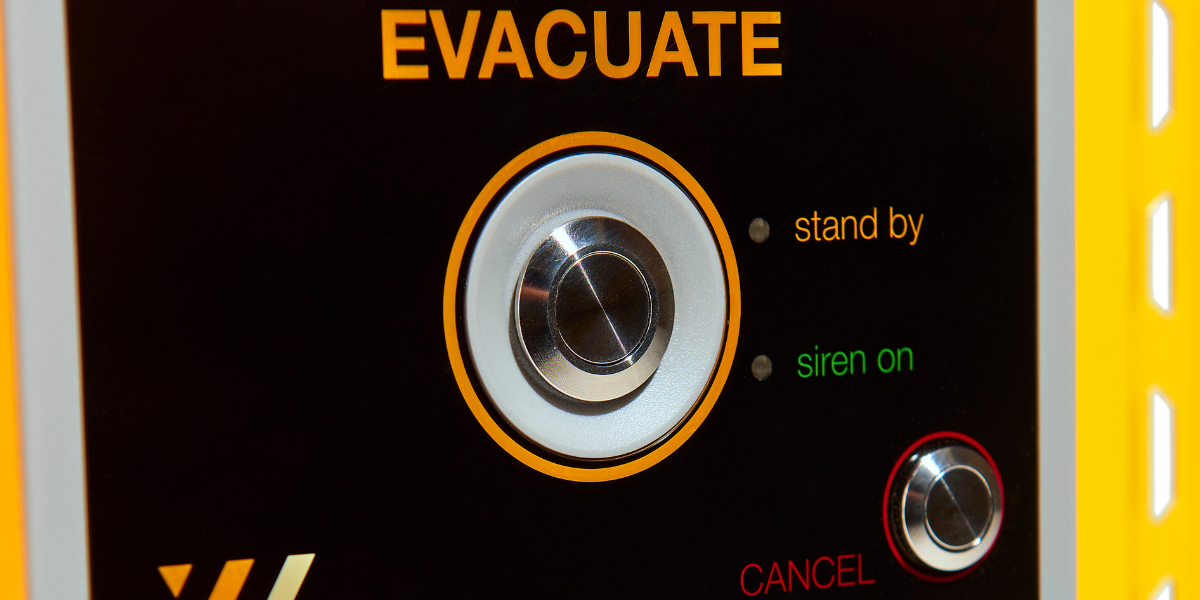In an emergency, every second counts. A modern, efficient evacuation and/or nurse call system can mean the difference between life and death. But a system is only as good as its functionality in real-time crisis situations.
This is why regular checks and testing of your emergency evacuation and/or nurse call system are crucial. These systems are designed to provide immediate assistance and direction during an emergency, and ensuring they work as intended is a paramount safety measure. You never want someone in an emergency to be in a 'press & guess' situation, where they press a button guessing that it's working and will perform as intended.
Ensuring Functionality
Regular checks and testing help to ensure that your system's evacuation triggers, evacuation sirens, nurse call triggers, nurse call lights, control panel, and other equipment are functioning correctly. Issues such as battery failure, signal interference, loss of internet connectivity, and other technical glitches can hamper the effectiveness of these systems or - worse still - render them inactive. Through periodic testing, such problems can be identified and rectified in a timely manner, ensuring the systems are operational at all times.
Vanguard Wireless emergency alert systems share visual and audible signals if there's an issue with device power of connectivity. Users can also opt into a control panel, smartphone app, and web-based user portal that offer real time insights into how the system is performing. SMS notifications can also be set up to alert system managers to issues so they can be corrected immediately.
Familiarity and Training
Routine tests allow both individuals and emergency responders to familiarise themselves with the equipment and procedures. If a button is pressed, what happens? If an alert is raised, how are emergency response personnel meant to respond? Process familiarisation can significantly enhance the efficiency and speed of how the workforce can coordinate a response. Routine tests also serve as practical training sessions for everyone involved.
Updating Information
Testing also provides an opportunity to update and review workplace emergency plans, processes, primary contacts, and determine if the placement of evacuation triggers, evacuation sirens, and/or nurse call triggers are in accordance with how the workplace wants to manage an emergency event. Clear and updated information is vital for ensuring the right help reaches the right place at the right time.
How Often Should Systems Be Tested?
The frequency of testing can depend on the specific system, organisational policies, and local, state, or national regulations. However at a minimum you should be conducting a full-scale test of your emergency alert system and processes annually. Additionally, more frequent testing or drills can be done to assess particular components of the system, particularly at worksites where the environment changes regularly or is serviced by a transient workforce.
Steps for Testing Emergency Evacuation and Medical Alert Systems
-
Create a Testing Schedule: Develop a routine schedule to test the various components of the systems. Inform all relevant parties about the testing schedule.
-
Conduct Functional Tests: Regularly test the functionality of all equipment, including alarms, communication devices, and other related apparatus to ensure they work correctly.
-
Perform Drills: Conduct evacuation drills to ensure everyone knows the correct procedures and escape routes. Encourage feedback to improve the process. Consider how workers with accessibility issues or workers who may not be able to hear sirens learn of the emergency and safely take action.
-
Review and Update Information: Ensure that all the information in the systems is current and accurate. Update as necessary.
-
Document Results: Keep a record of all tests and drills, including dates, issues identified, and actions taken to resolve these issues.
-
Evaluate and Make Improvements: Review the results of each test and drill to evaluate the effectiveness of the systems. Make necessary improvements based on feedback and observations.
Regular checks and testing of emergency alert systems are not just a regulatory requirement or a formality. They are a fundamental aspect of organisational and community safety. Ensuring that these systems work efficiently during a crisis can save lives, minimise injuries, and reduce confusion and panic. It guarantees that, in the event of an emergency, individuals can count on these systems to guide them to safety and ensure timely medical assistance, thus safeguarding the well-being and lives of many. There's solutions in the market that keep workers and emergency response personnel informed on how their system is performing, never putting workers in a position of 'press and guess'.


